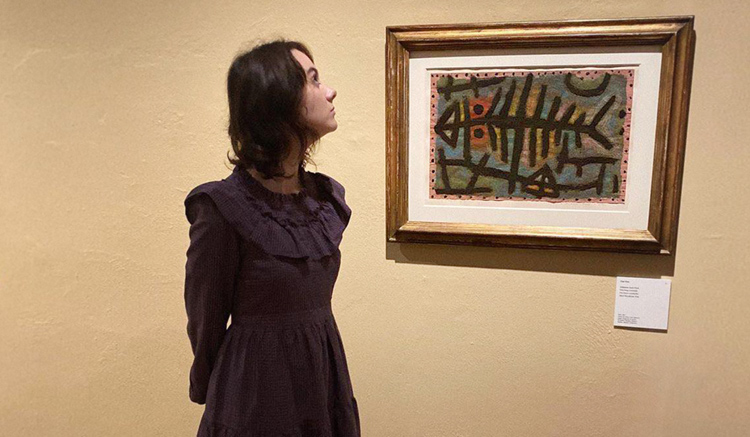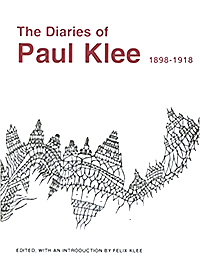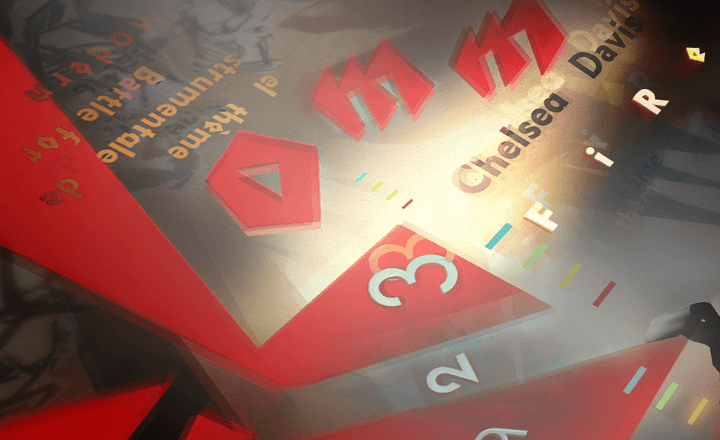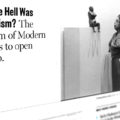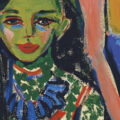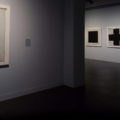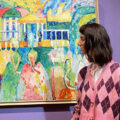“At a time when, facing imminent planetary collapse, there is speculation about survival strategies … we would like to see this project as an exercise that can help us reposition ourselves by revisiting that period which marked the start of the problematisation of our gaze and of our current understanding of the phenomena of nature.”
—Martina Millà, curator
“Paul Klee’s interest in discovering the dynamics of nature, and the grammar of art that he began to elaborate from his observations, gradually developed in the years between the First World War and his arrival at the Bauhaus as a teacher … His works from this period and his theoretical compendium both manifest his reflections stemming from his contemplation of the internal laws of nature – movement, growth, recurrence, conformation, which he turned into the basis of his creative process and teaching programme.”
—Catalog, Paul Klee and the Secrets of Nature
“The artist of today is more than an improved camera; he is more complex; richer, and wider. He is a creature on the earth and a creature within the whole, that is to say, a creature on a star among stars.”
—Paul Klee (1879–1940)
A new exhibition Paul Klee and the Secrets of Nature at Fundació Joan Miró in Barcelona gives light to many rare, but incredibly heart-warming works of one of my favourite 20th century artists.
Paul Klee was unique not just in his creativity, but personality – kind, naive and loving – such an inspiring figure in the history of art.
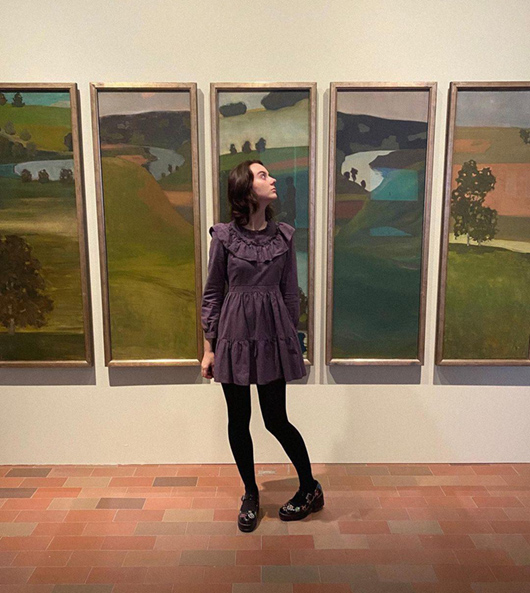
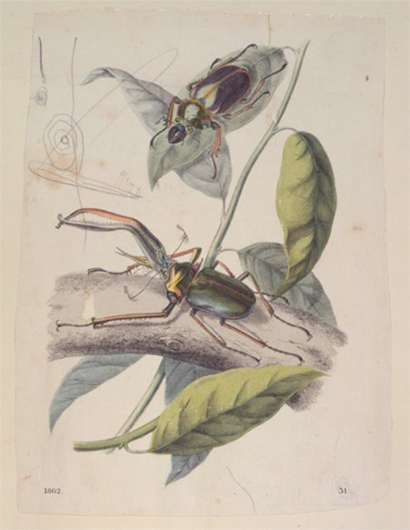
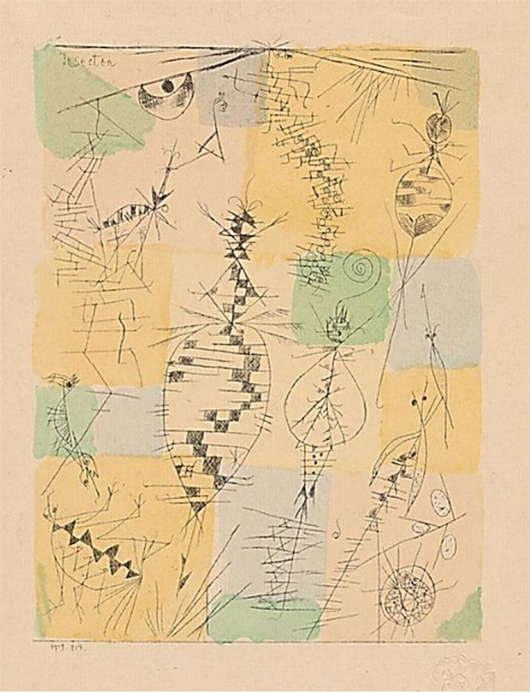
His style does not belong to any movement, as it was always changing, the artist advocating for natural growth without external pressures.
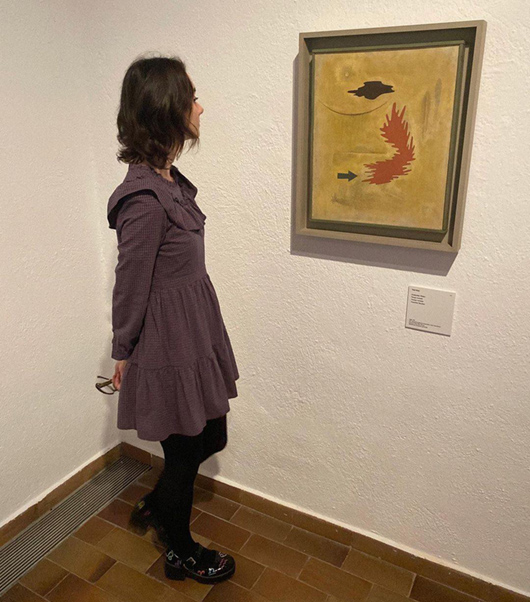
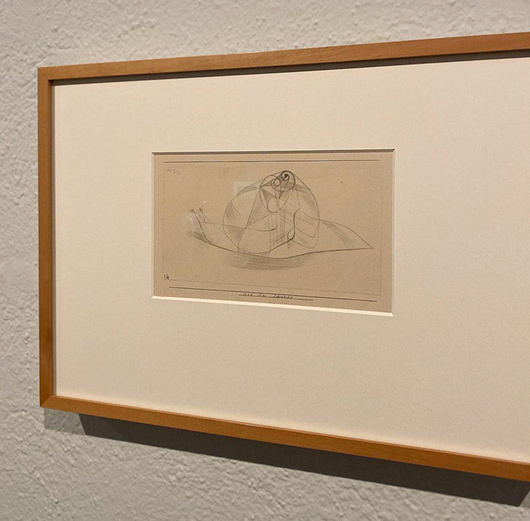
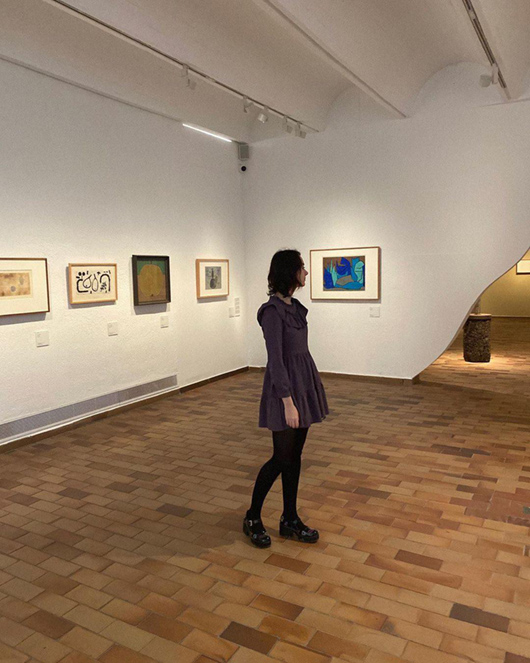
Klee felt the guidance by forces from different dimensions, angels often being guests in his drawings. His imagination was unlimited, somewhat reminiscent of a child who believes in magic.
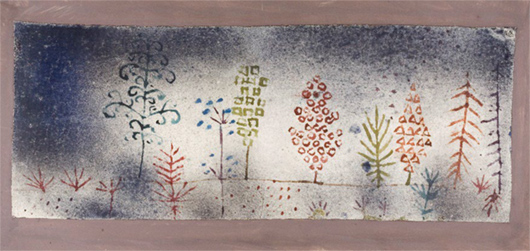
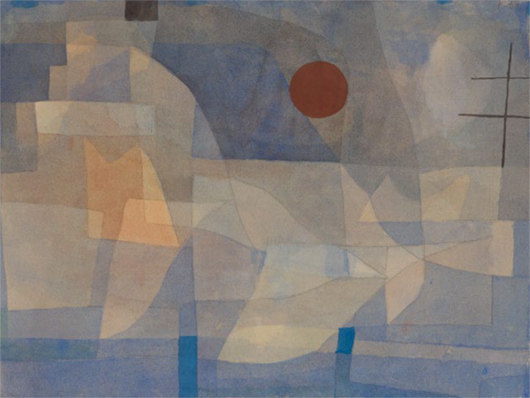
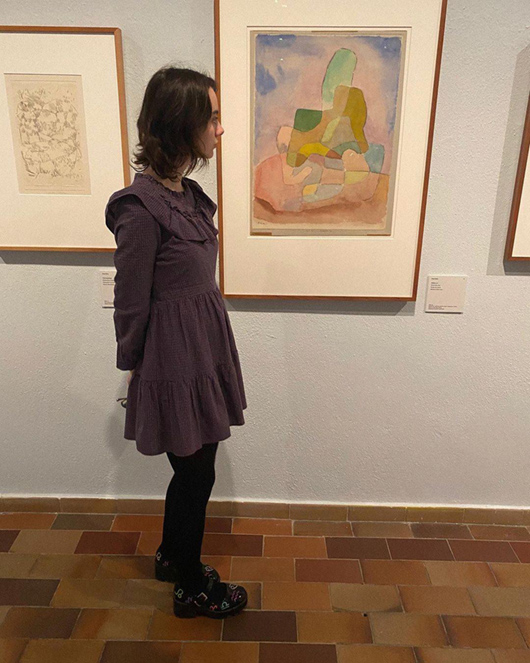
It was actually him who first saw potential in works of kids and mentally ill, believing in their absolute sincerity.
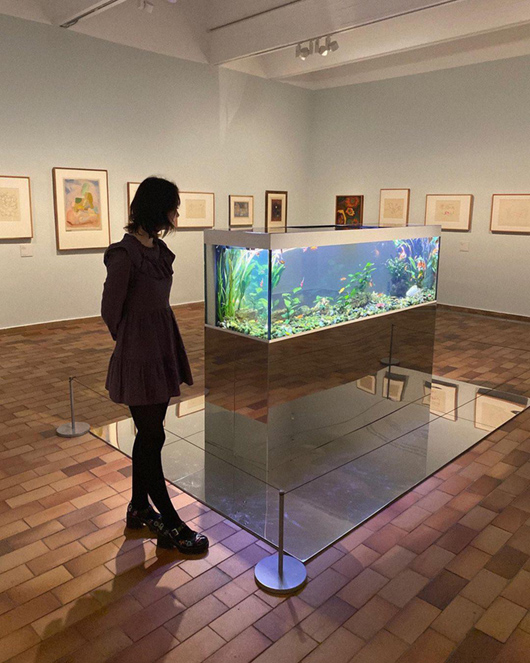
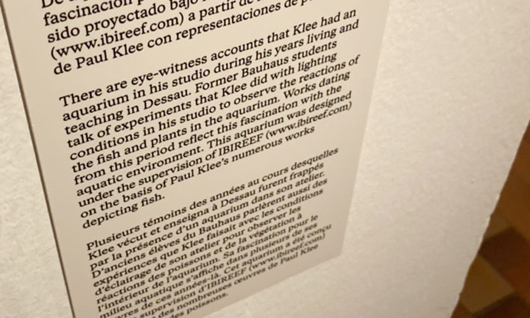
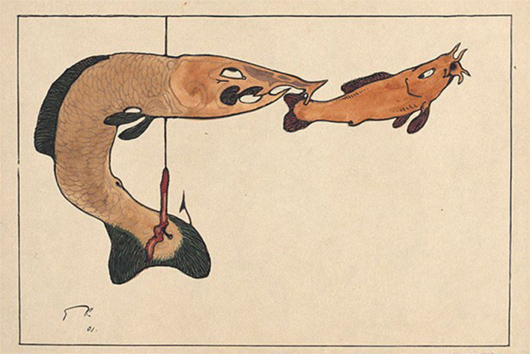
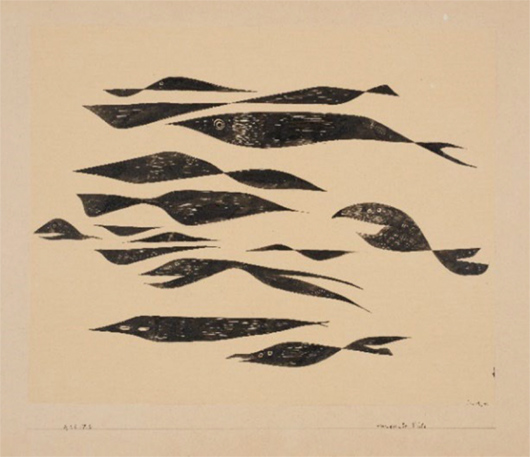
“Klee was a non-conformist, and far ahead of his time. From the very beginning of his career, Klee chose the role of ‘house-husband.’ It was he who brought Felix up, while his wife was performing in concerts and teaching music abroad.”
—Raffaella Rossello, A Rational Romantic
Being a house-husband was still a very controversial position for a man in his time, but it did not give Klee any shame, the opposite: He happily became the best friend to his son, Felix.
Today, his biggest exhibitions include a 50-doll theatre the artist has made to enjoy together with his family.
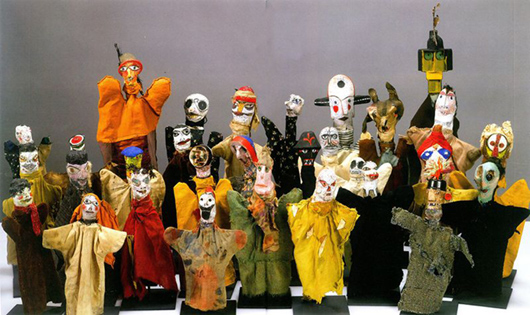
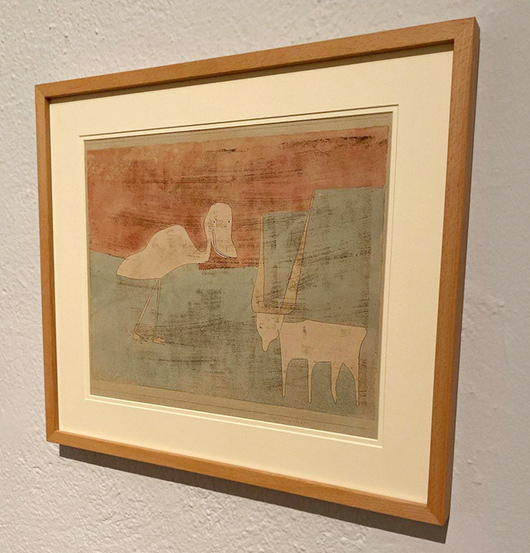
Many of his pieces have this childish, sweet look, not bothered by how “serious” art should be, but rather how the creator himself saw it.
Some of the titles made us laugh, accompanied by silly doodles, but it was a very friendly, cheerful interaction.
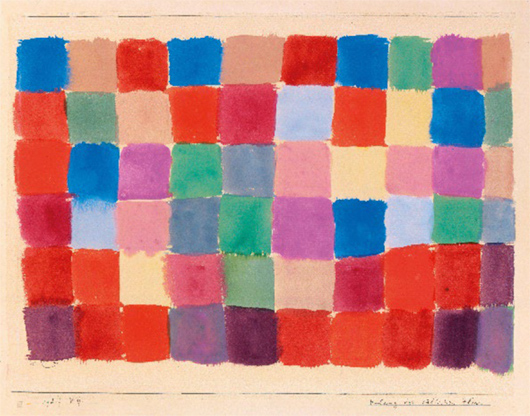
Sound of Southern Flora, 1927
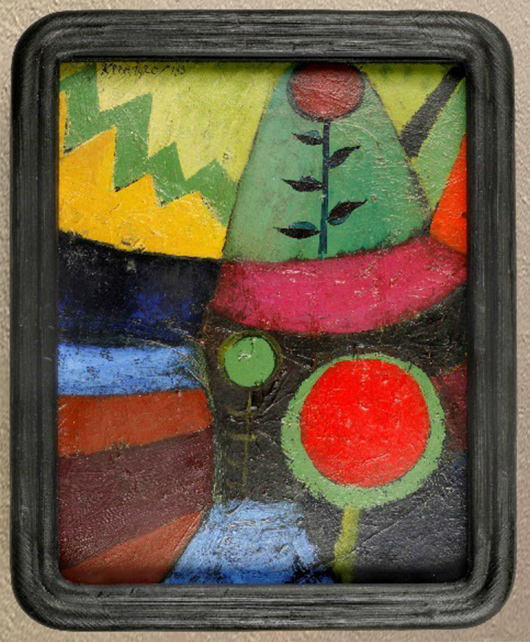
Three Flowers, 1920
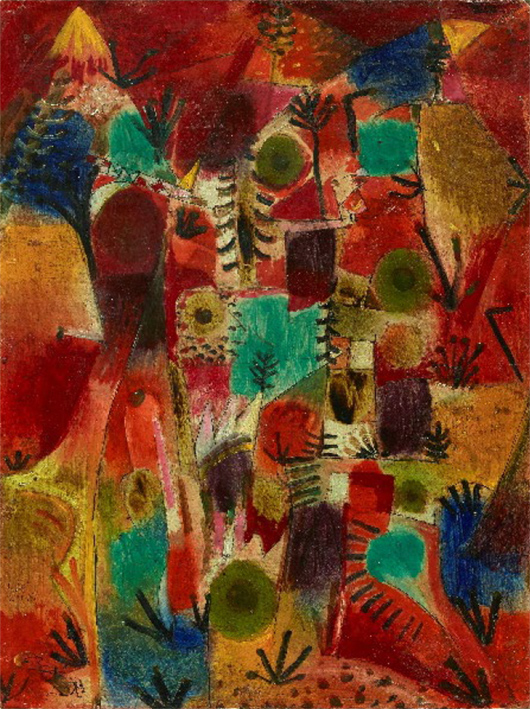
Glowing Lanscape, 1919
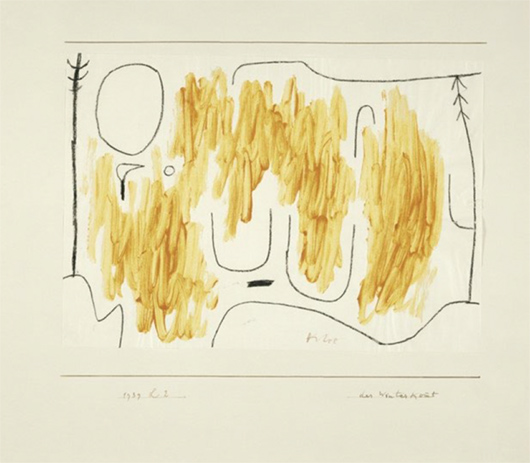
Winter is Coming, 1939
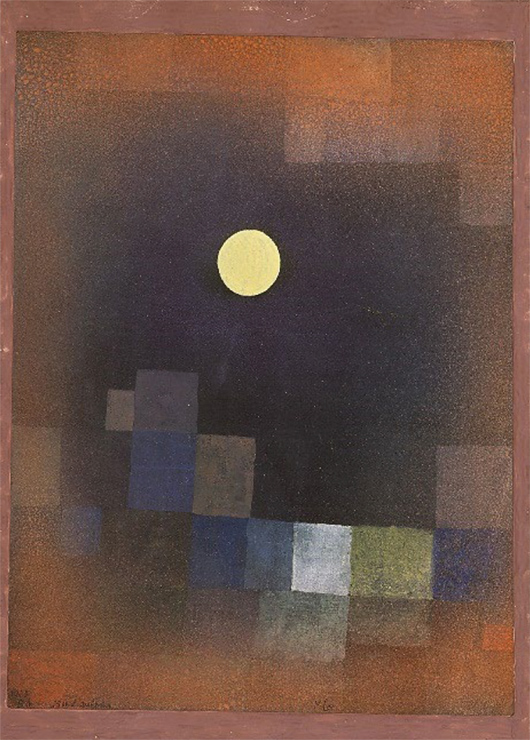
Moonrise, 1925

Before the Lightning, 1923

This Star Teaches Bending, 1940
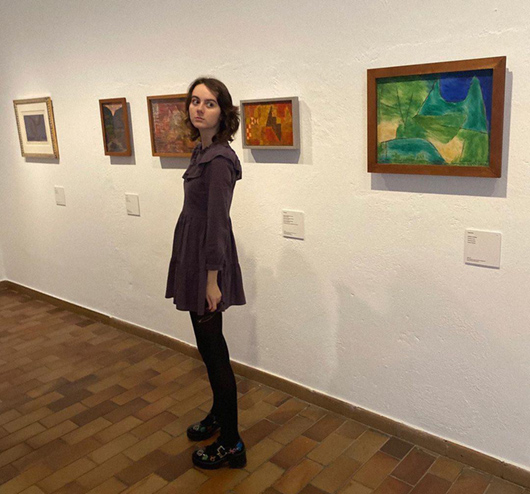
His works radiate positive energy, the wish to explore what worlds, visible and hidden, have to offer.
It was a great pleasure for us to get to know his soul a little closer ❤️
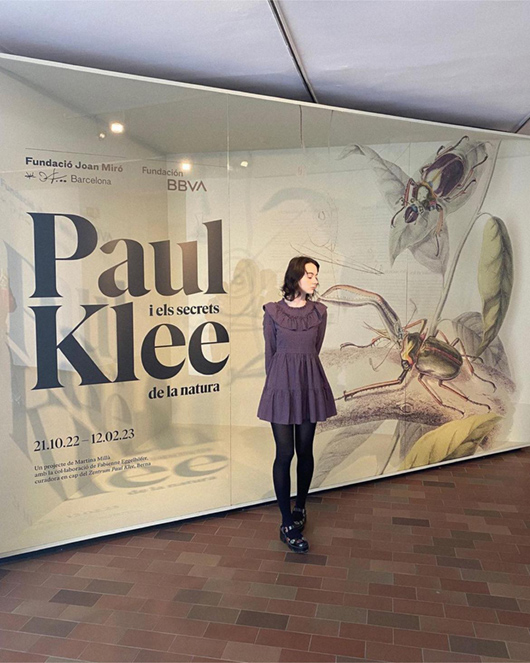
For mor:
“Art does not reproduce what we see; rather, it makes us see.”
—Klee
—purplesfinx
Flommist Veronika Vezirova, a.k.a. Purplesfinx, is an illustrator and graphic designer based in Barcelona. Inspired by culture of all kinds, she writes on topics that include art history, creativity and folklore. Her other works include manga and psychedelic poetry. Copyright © 2022 Veronika Vezirova.
PLEASE SUPPORT FLOMM
TIPS + DONATIONS DISCREETLY ACCEPTED






